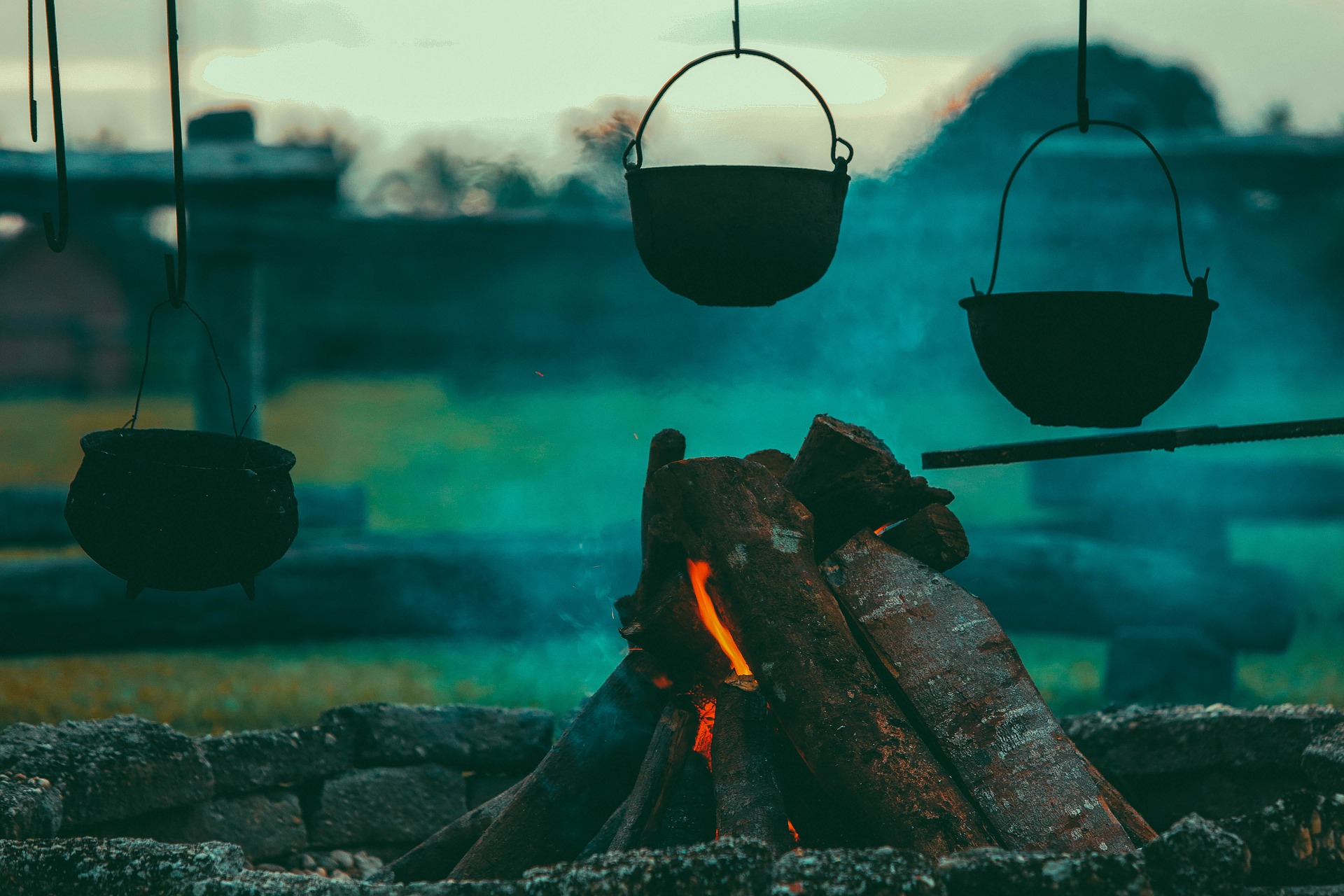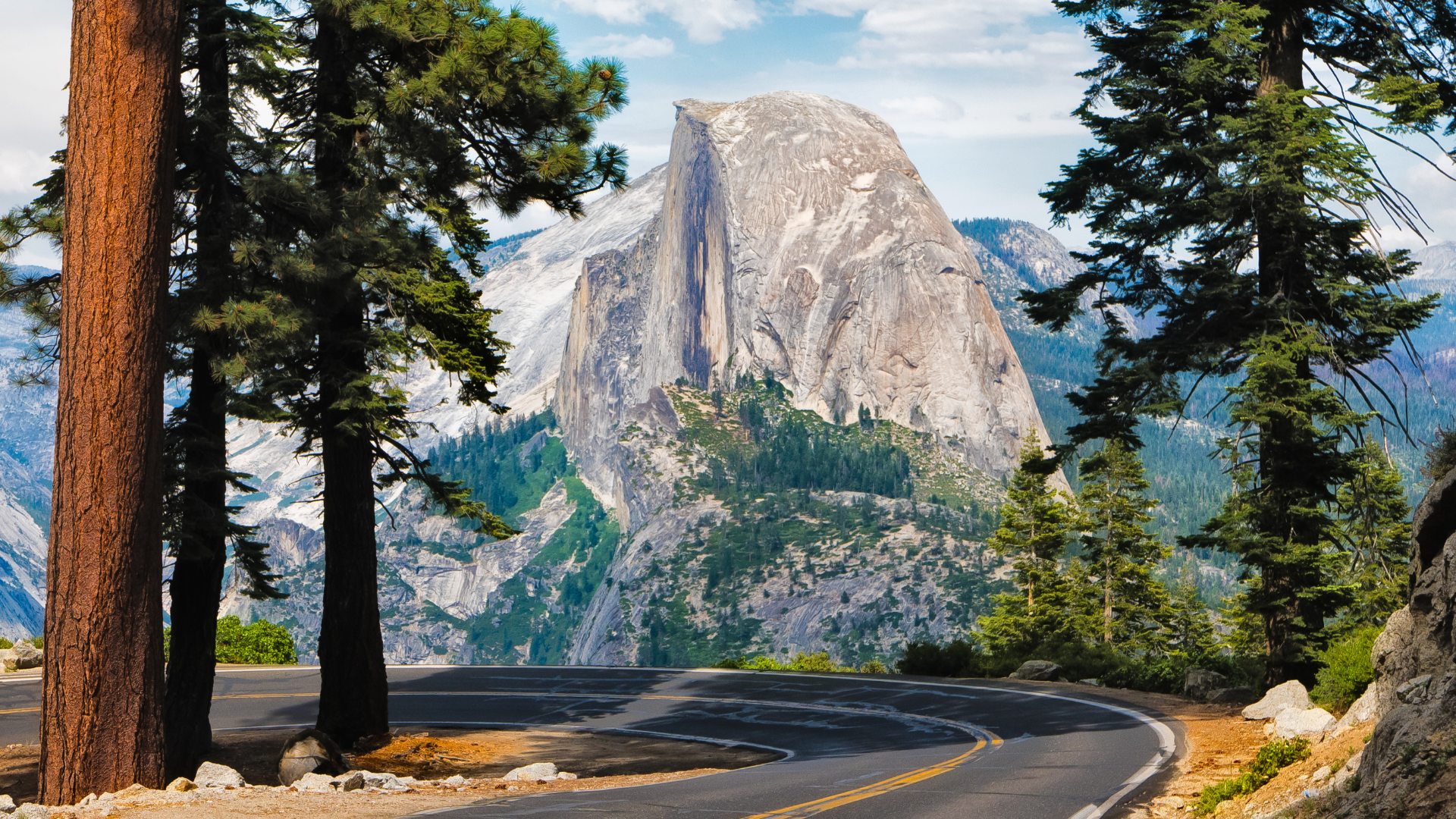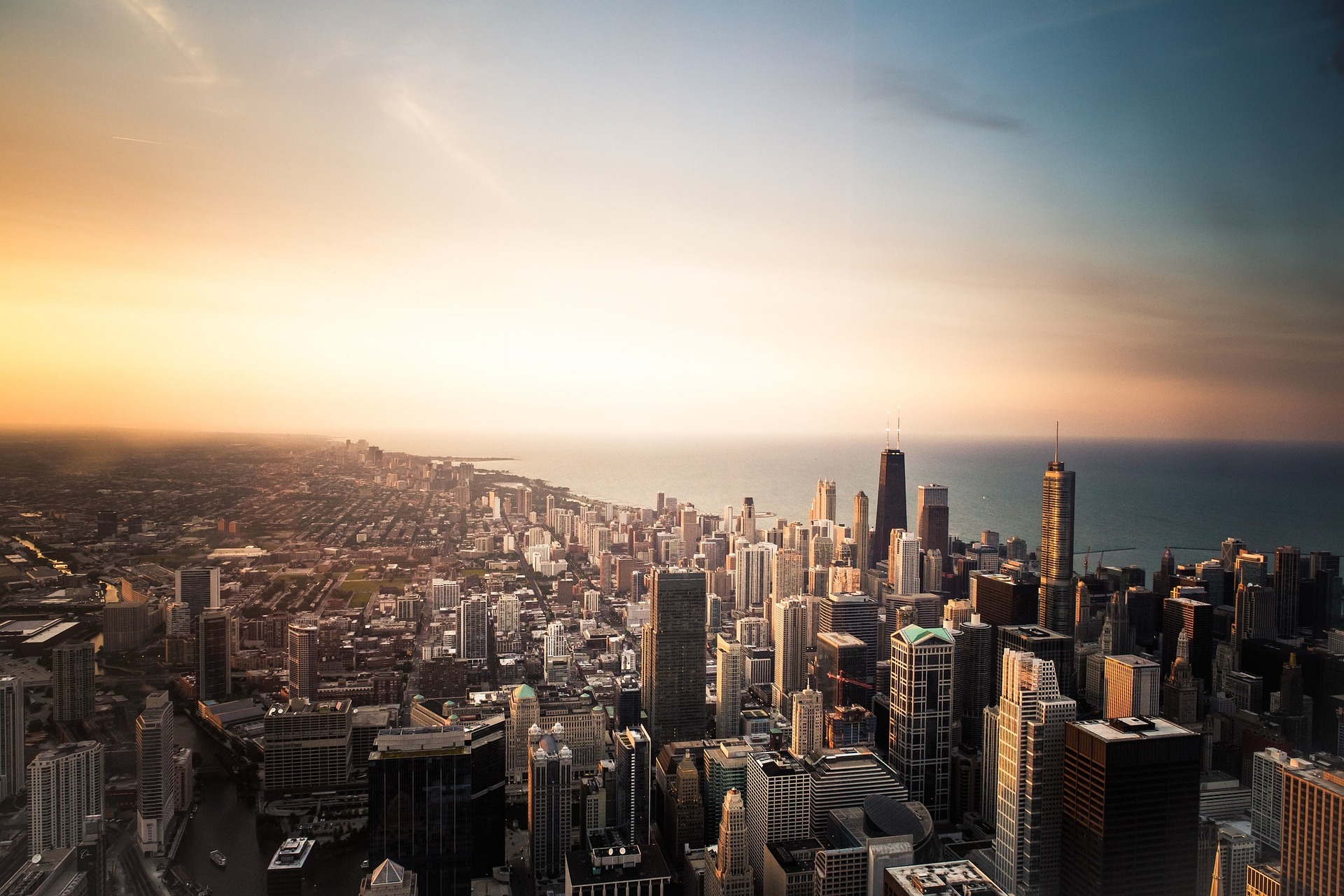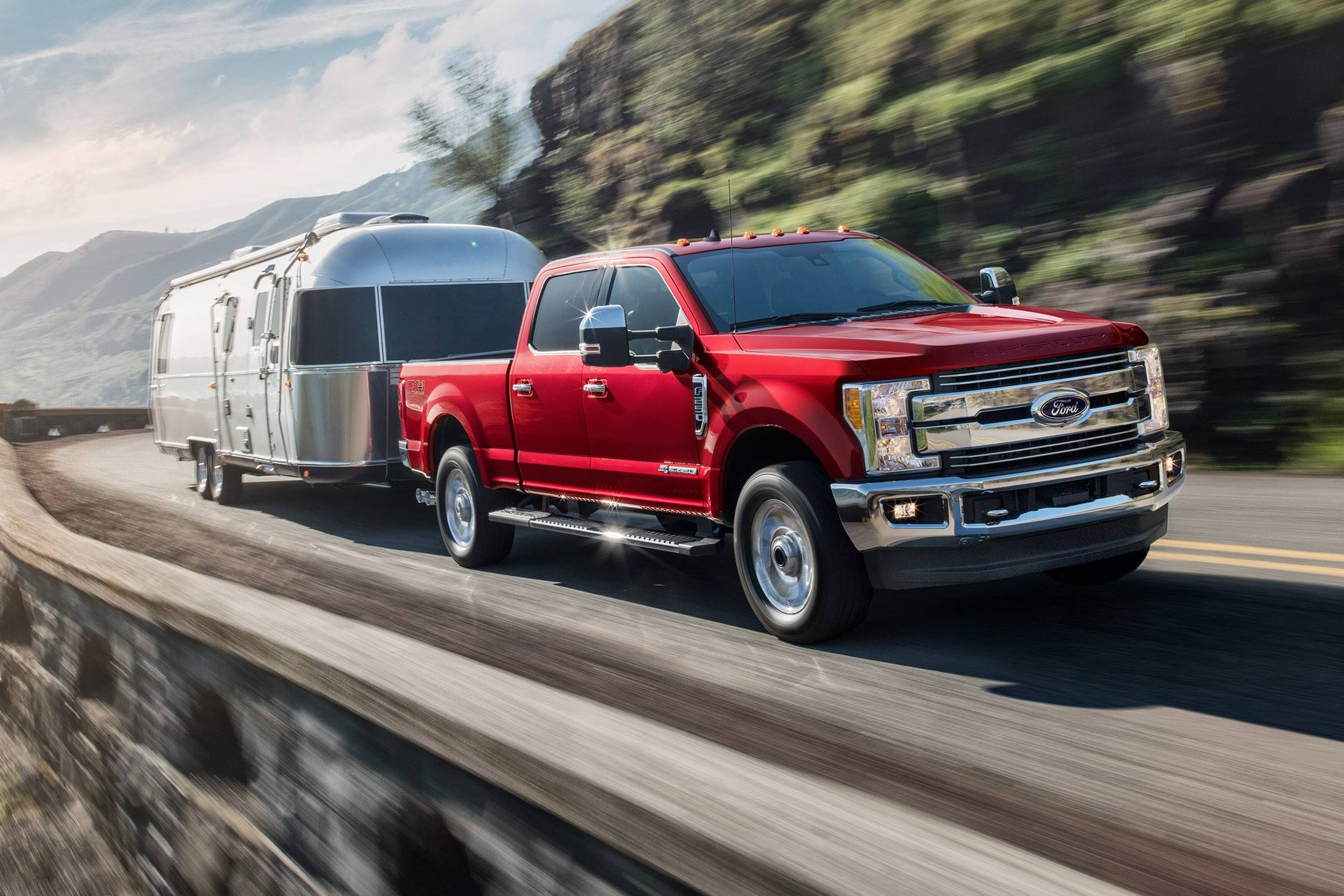On today’s RV Miles—our one-year anniversary episdode—we cover the ins and outs of setting up the campsite with your RV. Everything from arrival to cracking open the first tasty beverage! Use our checklist to make sure you get set up quickly and have more time to relax and enjoy the scenery.
Sponsor: L.L.Bean
Visit L.L.Bean for great gear for exploring the outdoors, and use the hashtag #beanoutsider to show off your adventures on social media, because on the inside, we’re all outsiders
Sponsor: Boondockers Welcome
Get 10% off a Boondockers Welcome membership with code RVMILES at boondockerswelcome.com, and visit thousands of free overnight parking spots provided by RVers just like you.
Resources:
America’s National Parks Podcast: Theodore Roosevelt National Park
North Dakota looks to make RV parks safer after tornado: https://www.insurancejournal.com/news/midwest/2018/07/19/495615.htm
App of the week: The Outbound Collective https://www.theoutbound.com/
Campsite Setup Checklist:
- Arriving at the campground
- Check in (if needed)
- Fill up fresh water at the water fill if the sites have no water hook-ups
- Unhook a towed car up-front where there’s lots of space
- If nobody is guiding you to your site, get a map or find online to know where your site is and the route to get to it. (campground loops can be confusing)
- Drive to your site.
- Pulling into the campsite
- Check the site before pulling in
- Look for dead trees and limbs above
- Make sure you’ll fit
- Look for obstructions to slides and awnings
- Put a tester on the power supply
- Back into the site, making sure your hoses and power cable will reach the hookups
- If a trailer
- Level left-to-right with leveling blocks or an Andersen leveler before unhooking from the truck
- Place wheel chocks to keep the trailer from rolling
- Lower the tongue jack onto a block on the the ground and unhook the truck
- Use the tongue jack to level front to back.
- Lower stabilizers onto blocks or pads. Do not lift tires off the ground with stabilizers. They should not carry the weight of the RV.
- If a motorhome
- Use leveling system by first parking as level as possible left-to-right, set parking brake, and then deploying leveling system
- Or, park as level as possible, then determine which wheels need to be raised onto blocks. Place blocks next to the wheels, pull forward, slide the blocks into position, then back onto them.
- Chock the wheels
- Check the site before pulling in
- Hooking up and deploying.
- Deploy steps.
- Plug into power, using surge protector or EMS (make sure to get 30amp or 50amp to match your RV). Pull out your power cable entirely. Don’t leave partially coiled inside a bay or in a bucket or bin.
- Connect to water with a potable hose, pressure regulator, and filter. Turn on the water.
- Connect to the sewer. Wear gloves and attach the sewer hose to the drain outlet. Ensure the locking tabs are secured by turning it. Most campgrounds now require a sewer donut or seal on the sewer connection. Ensure your connection is sealed securely. If you have a sewer support system, set it up now allowing a slight slope from the RV to the sewer connection.
- Turn on propane and lite pilots (if needed).
- Check again for awning and slide obstuctions
- Deploy slides, having someone watch outside
- Raise antenna or set up sattelite
- Setting up the outdoors
- Short stay or long stay?
- Rug – check if allowed. Use an RV rug, they let water through.
- Screen Tent?
- Chairs on rug, or around fire pit?
- Tablecloth (clips)
- Outdoor cooking (grill, table, outdoor kitchen station, up against table?, in screen tent?)
- Lighting (torches, string lights, lanterns, candles)
- Outdoor cooler keeps people from coming in and out for beverages. (check wildlife restrictions)
- Set out firewood protected from rain (obey firewood regulations)
- Bike lock area
- Personalization (we have our gnome, some have flags and signs)
- Setting up indoors
- Switch fridge to AC power if plugged in (and not auto-sensing). Turn on water heater to electric power.
- When hooked up to city water supply, turn off water pump.
- Set out anything you had tucked away for safe travel.
- Pull out fridge and cabinet bars if used.
- Leaving the campsite
- Lock up valuables (bikes, grills)
- Turn off water at spigot
- Pull in awning (do not use awning in high winds or storms).








